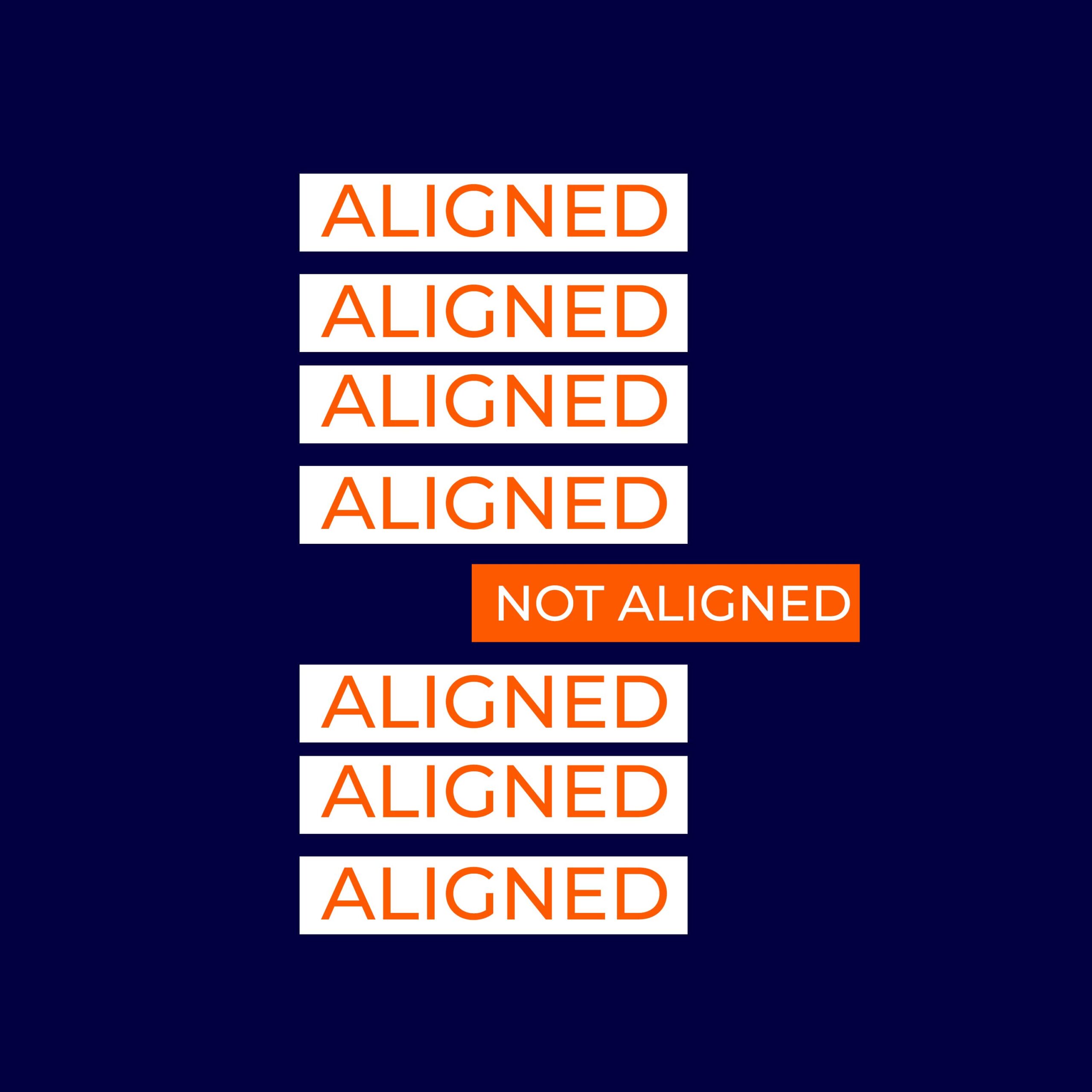Hello, you just unlocked a great secret in designing for Tech, or say, design generally. Design is a Tech skill with an existing skill gap. But knowing that it is a world worth exploring is so interesting. You may be asking, Why design skills for Tech again?
Do not worry, I will cover the general profession of design skills in this article, but I will use Tech as a case study at some junctures. We are about to enter a world of possibilities in Tech Design.
In my last post, I wrote about the Top 5 Design Skills in the Technology industry often in demand in the Tech Industry. It is good you familiarise yourself with these skills here and choose the one to build proficiency in.
The first thing to know is:
Not all skills in Tech are design skills and knowing the categories of skills in the industry will ease the tension of one aspiring for a job in Tech. This also provides information on which path of the Tech industry to choose.
I will dive more into these categories in later posts.
Let me redefine design - it is good that one updates his/her definition and understanding of design. It makes for originality and consistency in design.
Design is a way of representing ideas, information and messages in the form of iconic shapes, texts, and images, using the right colours, spaces, textures, sizes, arrangement and hierarchy.
Design skill applies to any profession. The application of design skills varies according to the setting and purpose.
Although the application and representation differ, Principles never change. They remain the same. This statement is the focus of this article.

One peculiar factor about the Tech industry is its frequent newness and innovativeness. Design plays a vital role in this innovativeness as designers must update their understanding and how they implement design principles. Regardless of the field in which designers work, they must be familiar with the general design principles. This will form the basis on which they can thrive.
Note: I would like to start with what I call a rule for designers. Yes, rule and principle may sound similar, but I think the word “rule” works better. Also, it's something that a designer must know early in their design career.
THE DESIGNER'S PRINCIPLES
In design, one basic rule for a designer is that he/she must often develop new and updated skills. It sounds normal for a professional but the reason here might be different. This is one of the things the Tech Industry will require from you to remain relevant. The Tech Industry is constantly emerging, just like other industries and solutions providers. One needs a re-emerging mind to represent Tech ideas or solutions through Graphics Design, UI/UX, Motion Graphics, Web Design, etc.
For example, you can start a design role as a Junior Graphic Designer. After a while, you or your boss see the need to learn UI/UX and later Motions Graphics. It is both you and the company that will get to enjoy this upgrade. The truth is that a career for anyone working in the Tech or creative sector will take this form.
This statement states a simple rule: the possibilities and solutions are not fully unleashed in a season, therefore skills will continue to re-emerge.
2. Order - this is simply the arrangement of elements on your design canvas or the use of these elements in creating order. Order in design speaks to the way a designer’s work is seen either intended or not. Order in design is firstly defined in the mind of the designer and later on a sketch.
How is this done? This is done by knowing which information in your design is the most important, more important and less important… By the way, your client and the audience of the client are key factors that define this. There should be a coherent order in every design, It must not necessarily be in descending or ascending order, but it should be obvious when anyone sees the design. One can achieve order using font styles, weight, font size, colour and many other design effects. Lastly, as I try to pause it on this principle, (more to come in next posts), order in design is needed whether you are designing a flier, web poster, ad magazine, a web page - mention it.
3. Another basic but also general-purpose design principle is Alignment. As the name implies, to align in design means to place a set of design elements in a straight line (vertically, horizontally, diagonally).
When you look at a design, you will see that some elements are arranged towards the left, while some are towards the right. Others are arranged towards the middle, some at the top and others at the bottom.
All these are key to the look, and presentation of a design. It is also good to know that, alignment has a rule on its own, even as other principles in this article. There is a way to better apply them in design. (We will look into that later).

So, knowing how to present the elements of your design using a particular alignment is a general principle for all design needs. A simple way to describe alignment is the picture of an organogram.
4. Simplicity in Presentation: 8 out of 10 times, Tech companies will be categorized under B2B companies but, the kind of content they use to market their solutions and services appeals and should appeal to the general public.
An underlying responsibility of a designer should be simplicity in delivery. A good example is the unexpected change from Facebook Inc. to Meta. People already moved along with the Meta concept as there was enough evidence showing how people fit into the change and how fast they could understand it - both with the name and logo.
There are now contents - videos on YouTube, blog articles and graphics created to simplify and douse the "Meta" euphoria for the public - I think it sounded like an alien name, initially.
A question one may ask here is - How much more do we need services and innovations to be simplified with graphics? I am not certain of the extent, but I know this is one role of a designer, regardless of the field. Designers in all their specializations, are meant to sync this principle to what they do.
With this application, services and solutions will be more relatable to the public's minds and even business prospects.
5. Lastly, White Space. Let me start with an example. All the space on this page that has nothing or something obvious on it is called white space in design. What does this mean? This is the gap you intentionally or unintentionally create between the elements in a design. A design must not be muddled up or choky.
White space can add to the beauty of a design if used creatively. According to 99 Designs, designers should allow their design elements to breathe.
By the way, white space is a design principle, so it should be consciously and intentionally implemented.

With these pillar principles, the definition of design for changes. These principles also apply to design in all sectors, fields, solutions, markets, etc.
I have a question for you. How simple do you think a message should be communicated in a design?
Share your thoughts in the comment box.

